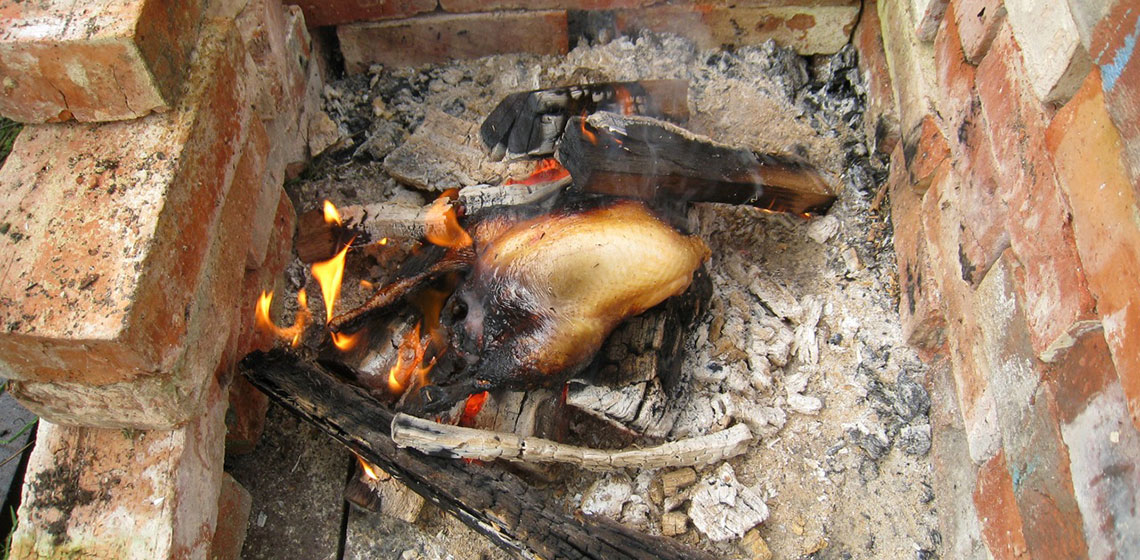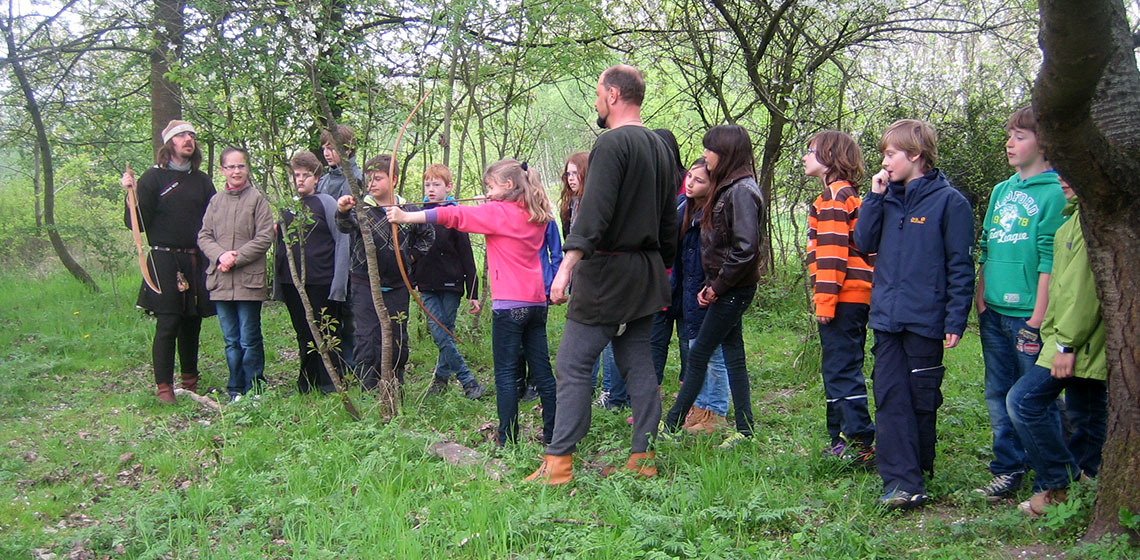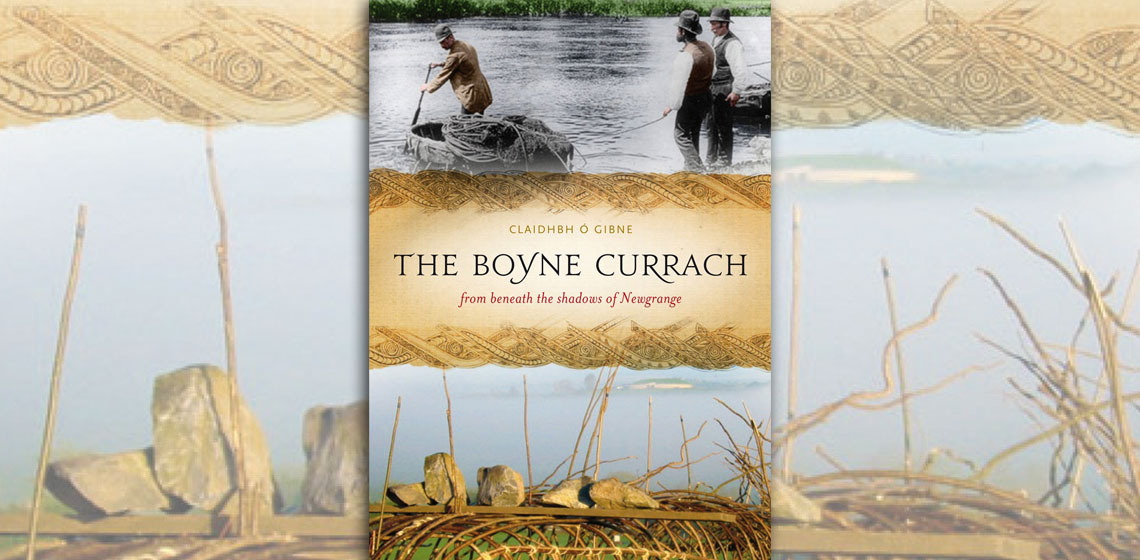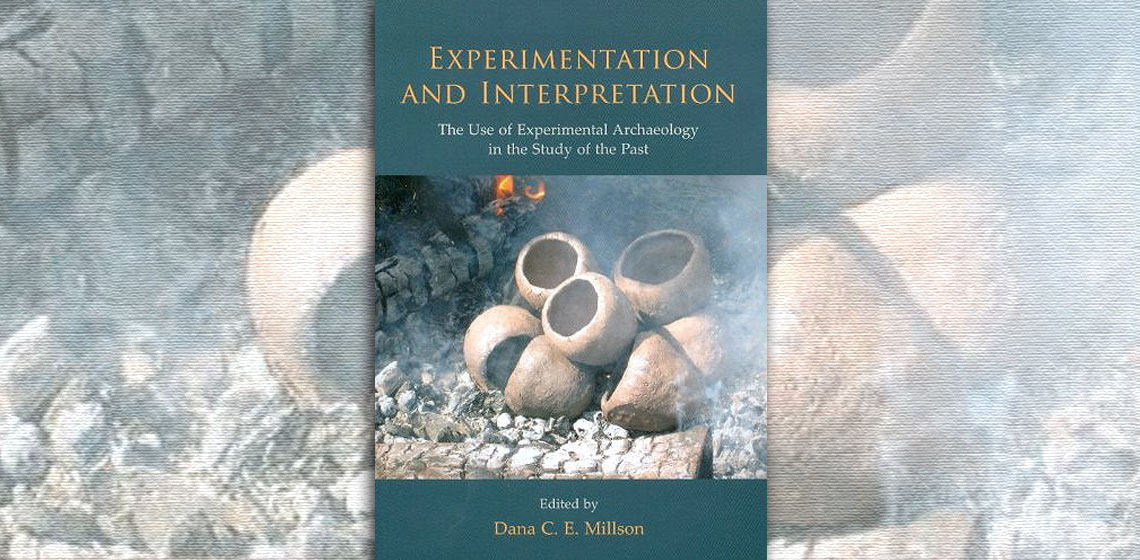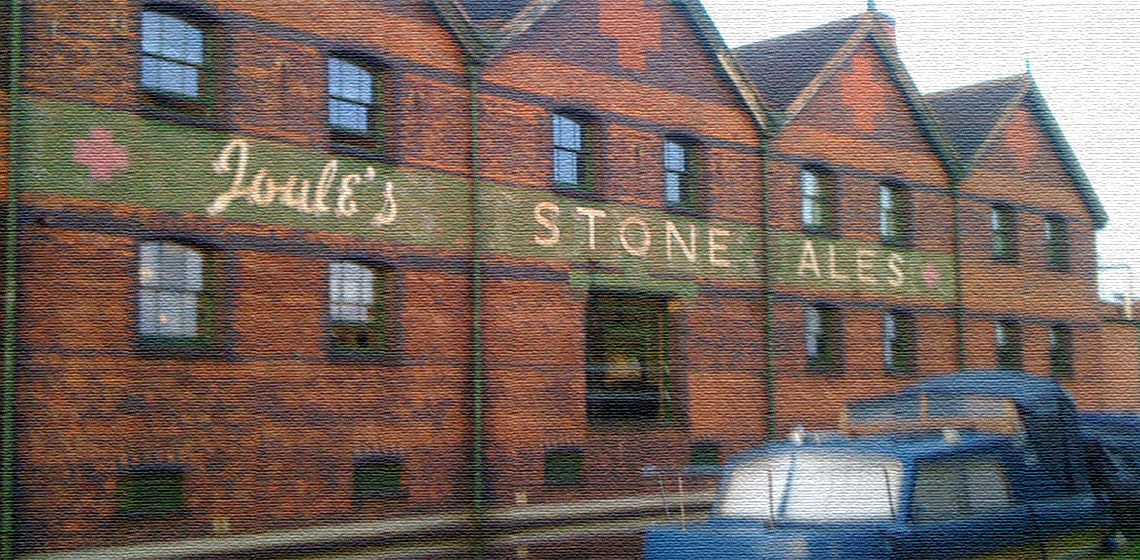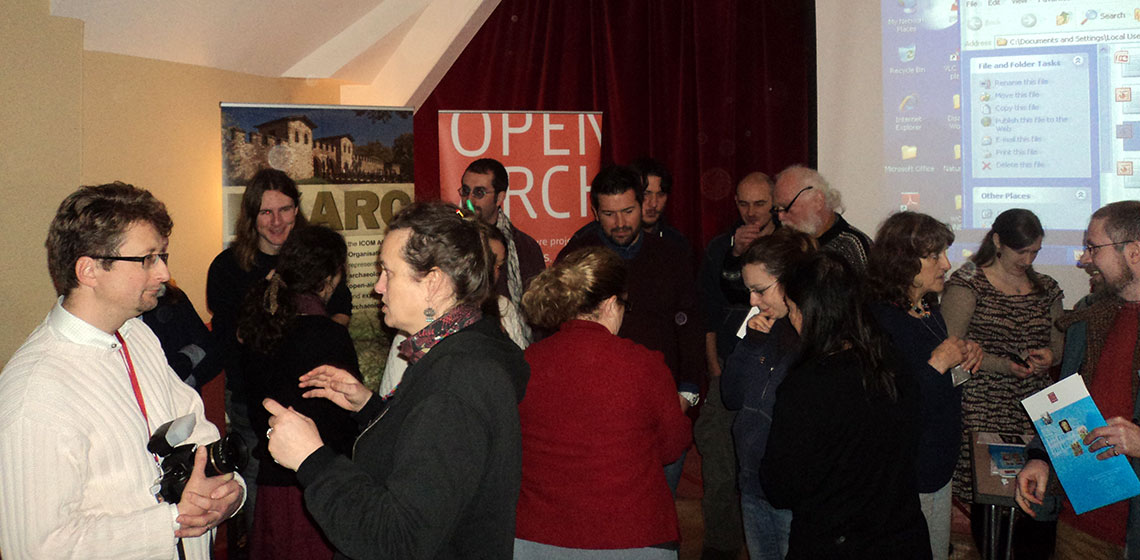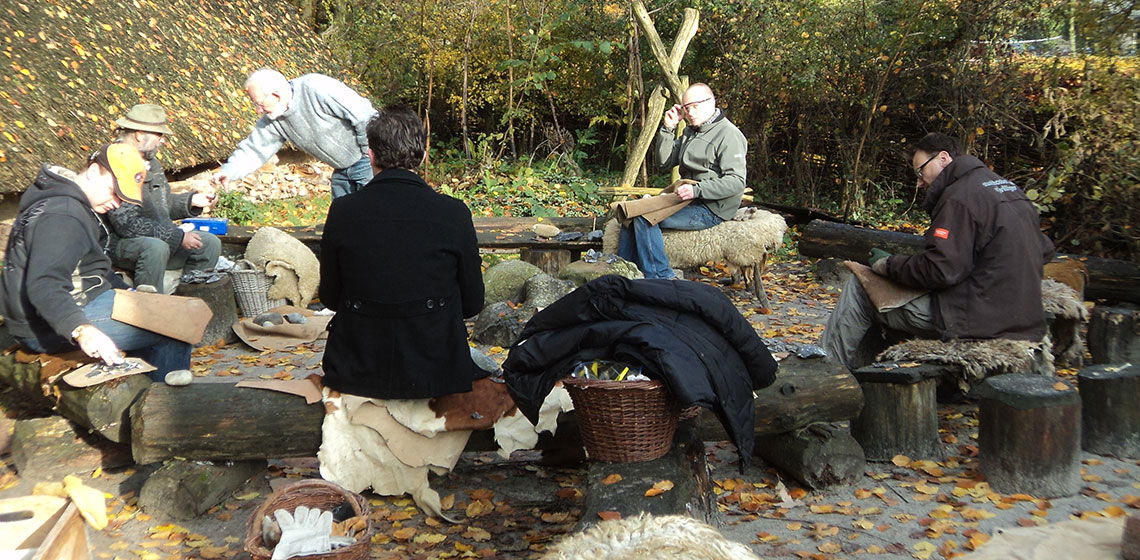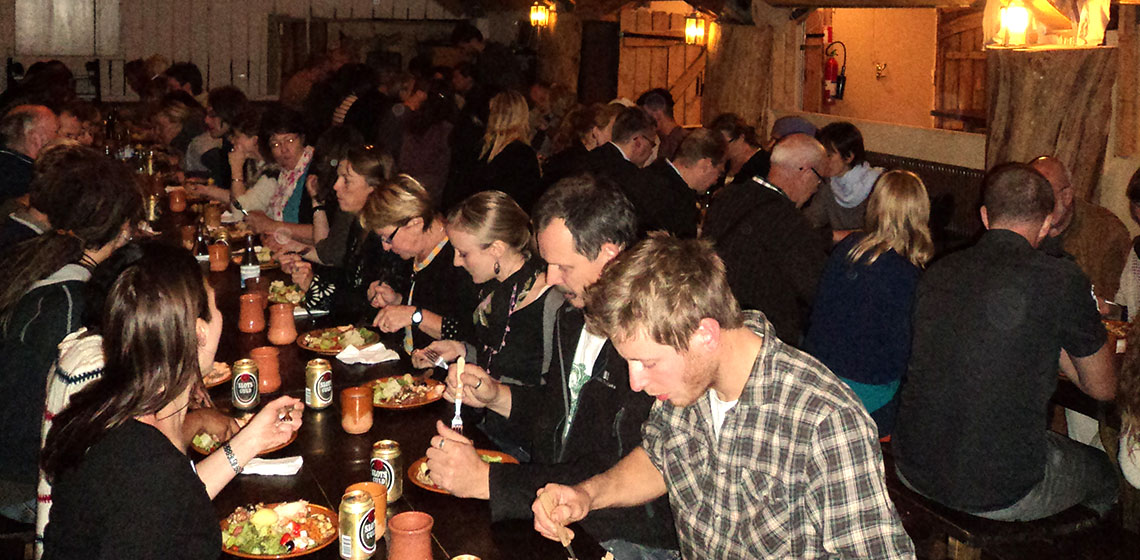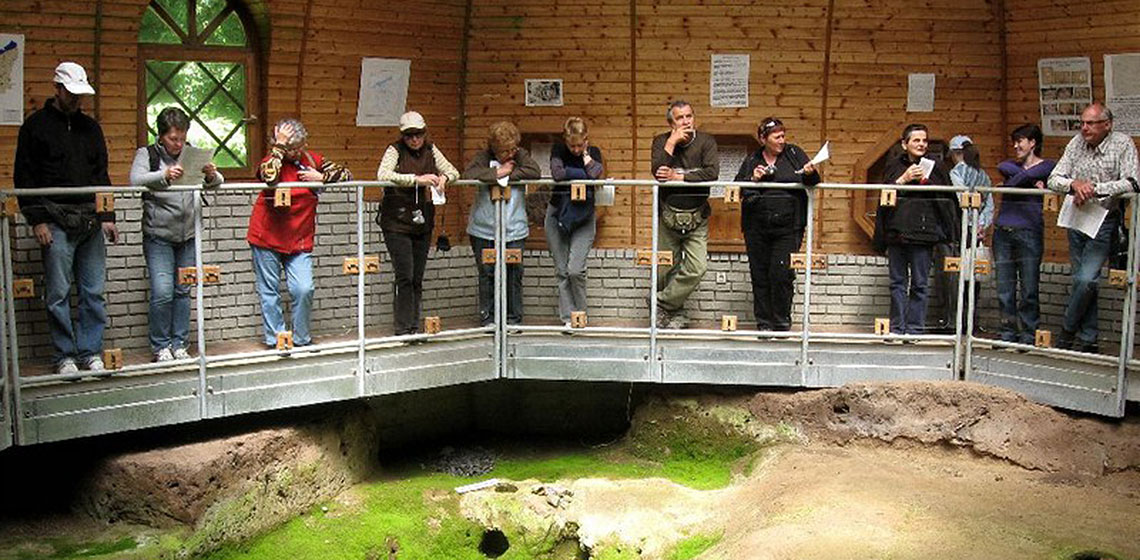Early Middle Ages
Fire and Bone: An Experimental Study of Cremation
***Many bone fragments have been burned in controlled laboratory conditions but few have been burned on outdoor pyres. In order to study and understand cremated bone, it is crucial to conduct experiments in real environmental conditions. In this study several cremations were carried out outdoors...
A Playground Amongst Museums - The Bauspielplatz: from an Open-air Youth Centre to a History Experience Site - an Unusual Development
Book Review: The Boyne Currach: from Beneath the Shadows of Newgrange By Claidhbh Ó Gibne
Claidhbh Ó Gibne has devoted himself to building traditional currachs and researching their history. His new volume, The Boyne Currach: From beneath the shadows of Newgrange, puts the currach in the context of the history of...
Book Review: Experimentation and Interpretation, The Use of Experimental Archaeology in the Study of the Past by Dana C. E. Millson
What role does experimental archaeology have in the wider discourse? According to the papers in this book, all of which were presented at the Theoretical Archaeological Group (TAG) conference in Southampton in 2008, a large one...
A Personal Experience in Communicating History: Tales From the River Trent
Saturday 1 September dawns gloriously, and is unseasonably sunny. Our fingers are crossed that this is the Indian Summer we'd been praying for all August since we intend to do a lot of walking in the next three weeks...
Book Review: Experimentelle Archäologie in Europa, Bilanz 2011
***Bilanz 2011 once again supplies an exciting, diverse and interesting view into the world of experimental archaeology. Published by EXAR in cooperation with the Pfahlbaumuseum Unteruhldingen, Isensee Verlag, Oldenburg 2011, 270 pp, ISBN 978-3-89995-794-5
Conference Review: 7th Experimental Archaeology Conference, Cardiff 2013
***The 7th Experimental Archaeology Conference was held on 12-13th January 2013. This annual event, first held in 2006. This year it was hosted jointly by the School of History, Archaeology and Religion at Cardiff University and St Fagan’s Open-Air Museum. Seventy-five delegates originally booked to attend, but one hundred actually...
Conference Review: VAEE Celebrates 20 Years
If you live in the Netherlands and work with archaeological open-air museums, archaeological experimentation or education, there is a good chance you are a member of VAEE, the Dutch Association for Experimental Archaeology & Education...

